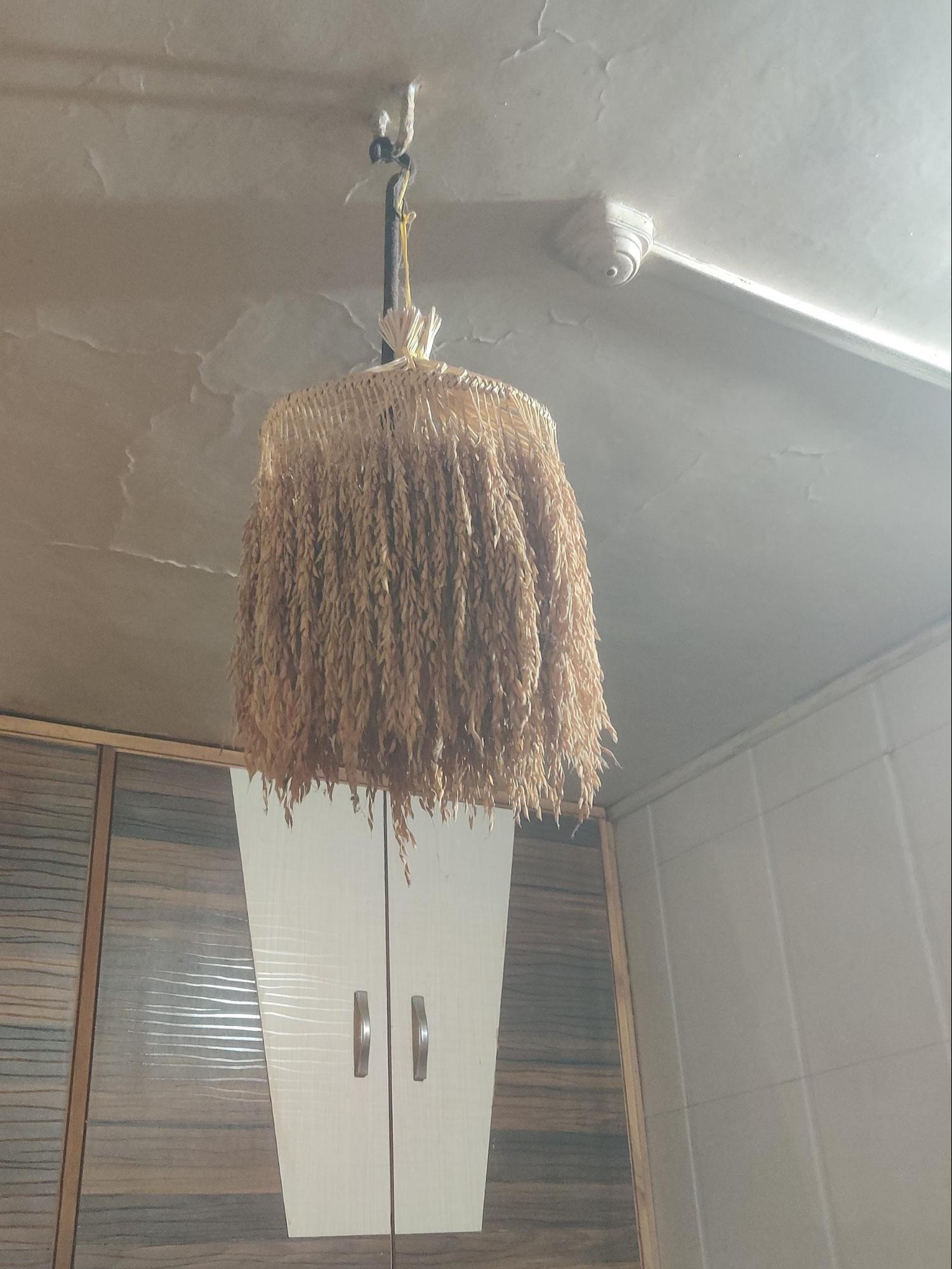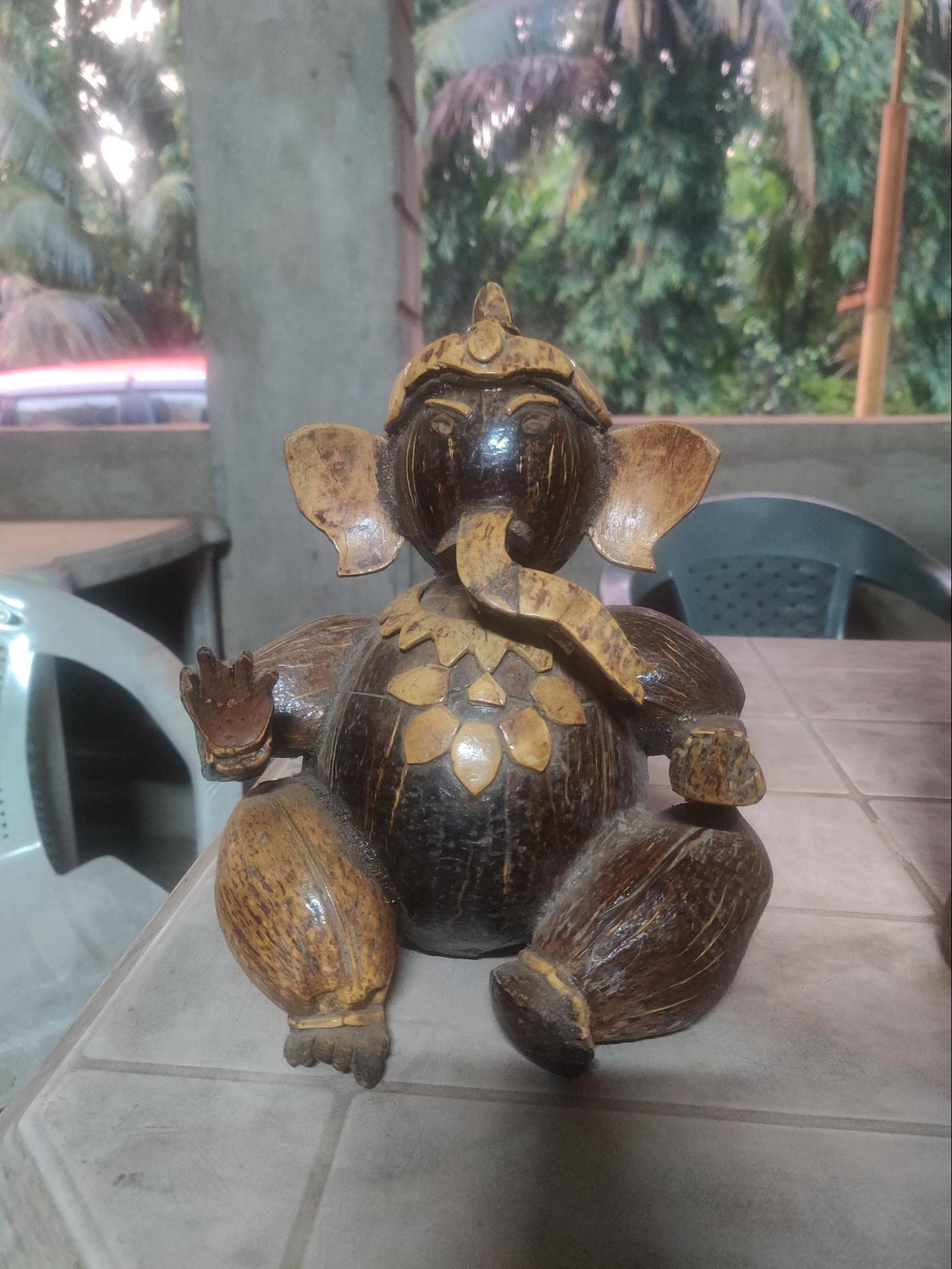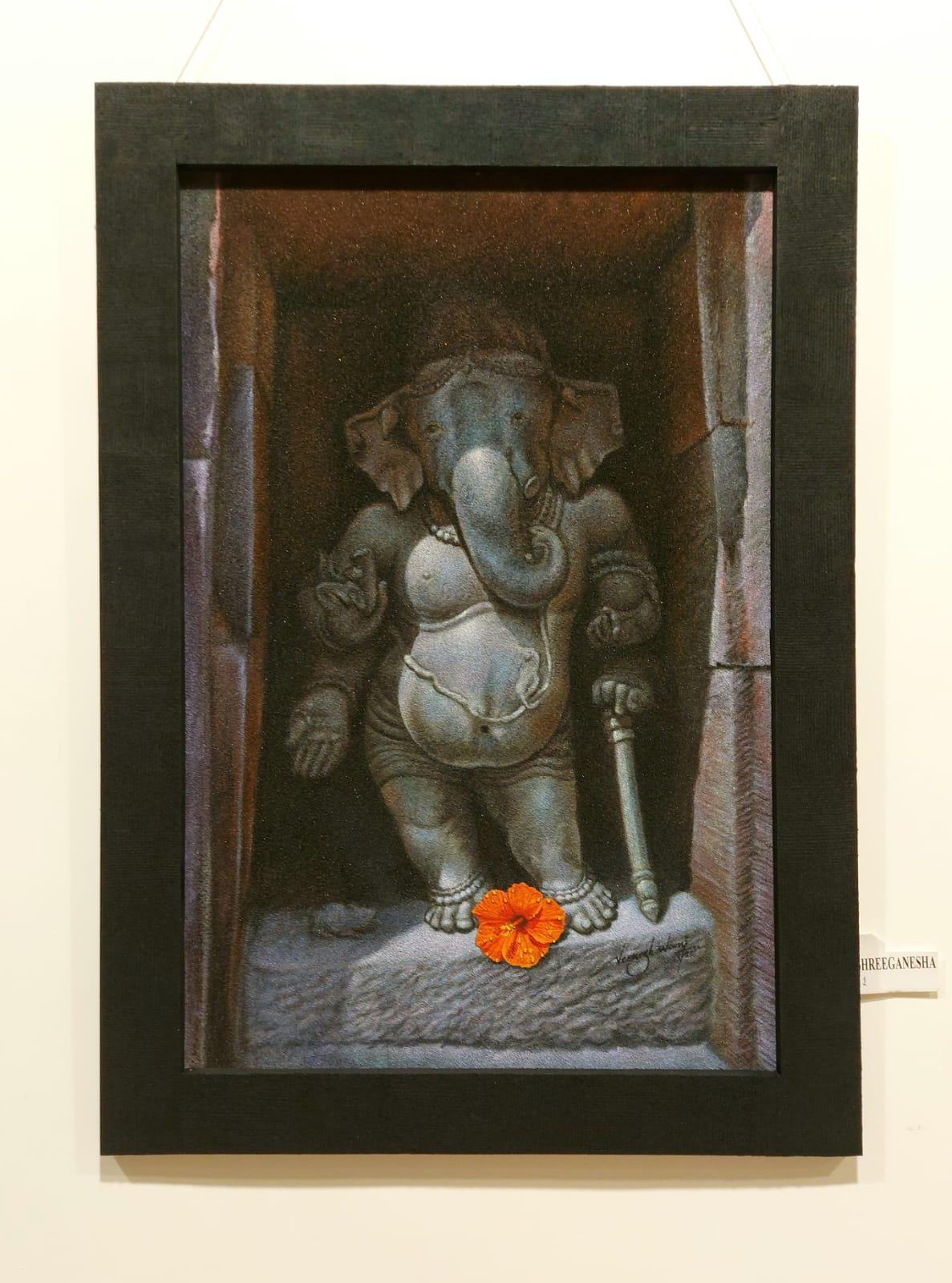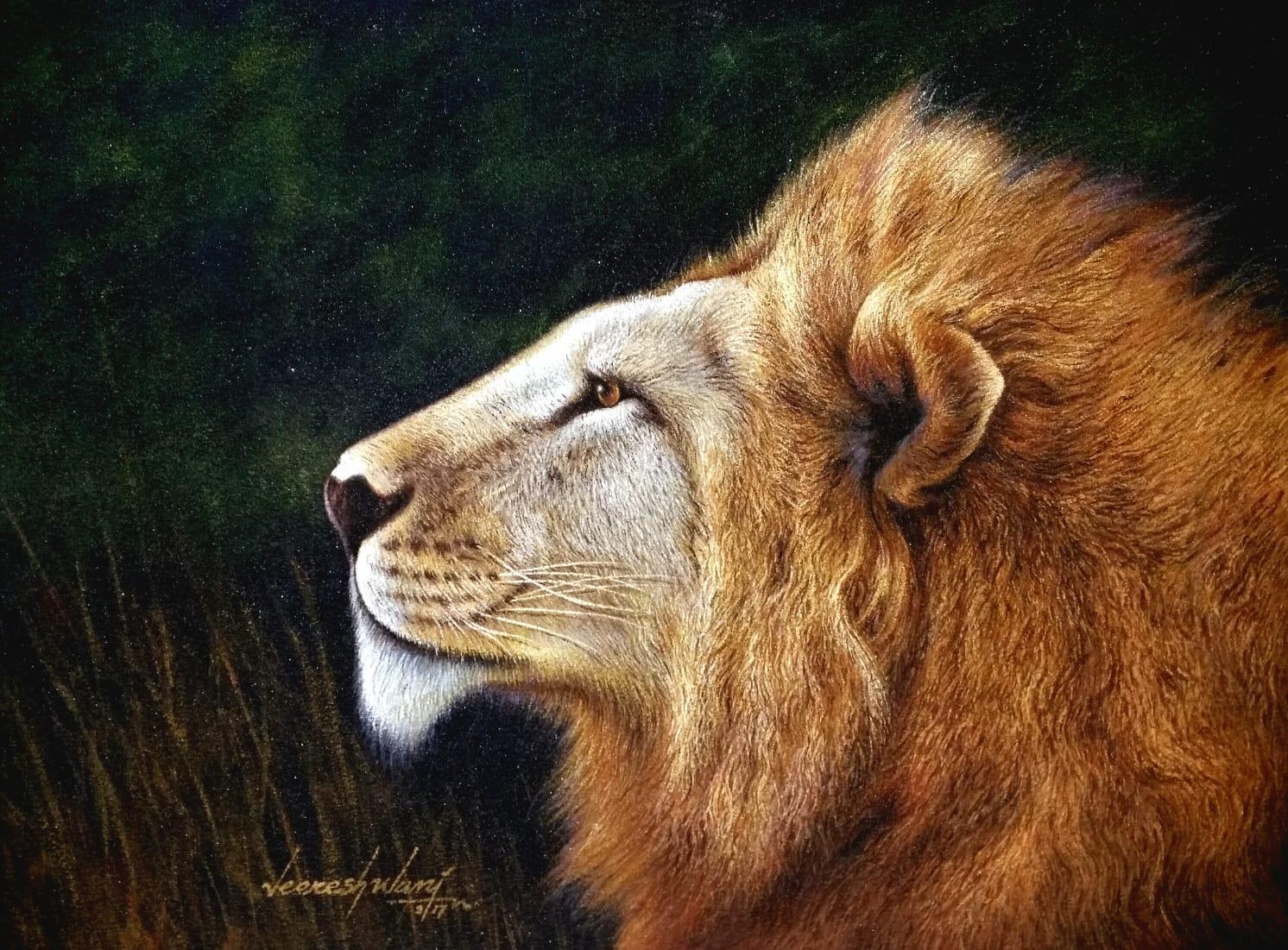RAIGAD
Artforms
Last updated on 22 July 2025. Help us improve the information on this page by clicking on suggest edits or writing to us.
Dhavla Geet
Dhavla Geet is a traditional musical form which is associated with the Agri-Koli community. It is primarily performed during wedding ceremonies by female singers known as Dhavlarin, who play a central role in guiding the ceremonial proceedings. The songs are structured to correspond with various stages of the wedding ceremony, with specific stanzas marking each ritual.
Along with marking each stage of the wedding, the songs also tell stories about Bhagwan Krishna. Remarkably, there is an element of invocation present in these songs. Many of the lyrics call upon and invite devis and devtas to the ceremony. The devis and devtas are imagined as taking part in the rituals and helping to ensure the successful completion of the wedding.
Traditionally, performers are engaged for multiple days during wedding events. In contemporary times, locals say that the number of practitioners of this art form has declined, and individuals skilled in this tradition are relatively few. Avni Patil is one of the few well-known performers from Raigad who continues to practice Dhavla Geet.
Home Decor from Rice Crop
Rice is one of the major crops in Raigad district, and an intriguing craft associated with it has been practiced in the region for generations. After the rice is harvested, the grains are separated from the stems through a process called “malni”. The remaining stems were traditionally used by women to craft decorative lantern-like wall hangings and door hangings (colloquially called toran).

In recent years, the production of these items has declined as they are time-consuming to make, and readily available alternatives are now more common in the market. Locals say that although leaders of self-help groups have attempted to encourage women to create and sell these decorations locally, there has been little success due to the reluctance of women to engage in local markets.
Kashtshilp
Kashtshilp is a traditional handicraft in Raigad that involves the artistic use of coconut shells. The coconut tree, commonly referred to as Kalpvriksh in local language, is integral to daily life in the region, with its various parts utilized for both culinary and practical purposes. Due to the frequent consumption of coconuts in Konkan households, shells accumulate regularly and are repurposed by artisans into various craft items.

Both fresh and dried coconut shells are employed in this practice. After consumption, shells are dried and processed into lightweight, durable artifacts. These are typically decorative or utilitarian in nature.
Akhni
The detailing of clay idols, particularly the painting of the eyes (akhni in Marathi), is a specialized form of craftsmanship practiced in the Pen taluka of Raigad district. Villages such as Hamrapur and Johe are notable centers for the production of Ganesh murti, made from clay and Plaster of Paris (POP). These murtis are characterized by their distinctive color palettes, thematic variations, and size diversity.
Locals say that while many households are engaged in murti-making, the final detailing, especially the rendering of the eyes, is carried out by a limited number of skilled artists. These specialists travel between workshops during the pre-Ganeshotsav season (August to September), completing the murti by adding detailed features. The high demand for these artisans during the festival season, in many ways, underscores how important they are to the craft of murti-making.
Creative Spaces in the District
Karmarkar Museum
The Karmarkar Museum is located in Sasawane village along the Alibag-Rewas Road, approximately 18 km from Alibag. The museum is dedicated to the works of the sculptor Vinayak Pandurang Karmarkar (1891–1967), commonly known as Nanasaheb Karmarkar.
Karmarkar was noted for his sculptures of historical figures, particularly statues of Chhatrapati Shivaji Maharaj. In 1964, he was awarded the Padma Shri by the Government of India in recognition of his contribution to Indian art.
![A sculpture displayed at Karmarkar Museum, Sasawane, Raigad district.[1]](/media/culture/images/maharashtra/raigad/artforms/a-sculpture-displayed-at-karmarkar-museum-sas_OVYyKoZ.png)
The museum is housed in the artist’s former residence and features a permanent collection of approximately 150 sculptures, including some of his notable pieces such as Hira Kolin and Shankhdhwani.
The museum is open to the public daily and charges a nominal entry fee. In many ways, it serves as a cultural venue for the preservation and appreciation of early 20th-century Indian sculpture.
Ramesh Ghone Woodcraft Museum
The Ramesh Ghone Woodcraft Studio, established in 1997, is located in Warasgaon village near Kolad, in Raigad district. The studio specializes in the creation of art pieces from reclaimed wood. In addition to artistic works, the studio produces furniture items to support its operations.
The craftsman, Ramesh Ghone, is known for his work in transforming defunct wood into collectible items, and the studio is frequented by individuals interested in regional handicrafts and sustainable design.
Cultural Programs
Spectrum
Spectrum is an annual cultural festival organized by the National Institute of Fashion Technology (NIFT), Mumbai. The event includes activities such as performing arts, sports, debates, literary competitions, and fashion shows.
![Stage performance during Spectrum, cultural festival at NIFT Mumbai.[2]](/media/culture/images/maharashtra/raigad/artforms/stage-performance-during-spectrum-cultural-fe_bKQHM0Z.png)
Students from NIFT and other educational institutions in Mumbai and surrounding areas participate in the event. Spectrum is scheduled annually as part of the institute’s academic calendar and involves students from various academic disciplines.
Alegria - The Festival of Joy
Alegria, or the festival of joy, is an intercollegiate cultural event organized by the Pillai Group of Institutions in Raigad district. The event includes music and dance performances, sports competitions, and cultural contests. It is held annually and records attendance exceeding 50,000 individuals. The festival includes participation by figures from the Indian entertainment industry and is organized by students and faculty members.
Artists
Nana Patekar
Vishwanath Patekar, born 1 January 1951, known professionally as Nana Patekar, is an actor, writer, philanthropist, and filmmaker, primarily working in Hindi and Marathi cinema. He is recognized for his unique acting style and has received several accolades, including three National Film Awards and four Filmfare Awards. In 2013, he was honored with the Padma Shri, India's fourth-highest civilian award, for his contributions to cinema and the arts.
Patekar began his acting career in the early 1970s. He gained prominence for his role in the film "Parinda" (1989), which earned him the National Film Award and the Filmfare Award for Best Supporting Actor. He continued to deliver notable performances in films such as "Krantiveer" (1994), "Agni Sakshi" (1996), and "Ab Tak Chhappan" (2004). His directorial venture "Prahaar: The Final Attack" (1991) showcased his versatility in the film industry.
Patekar is also known for his philanthropic efforts, particularly in supporting farmers and contributing to drought relief initiatives in Maharashtra.
Girish Karnad
Girish Raghunath Karnad (19 May 1938 – 10 June 2019) was a playwright, author, actor, and film director, predominantly working in Kannada and Hindi cinema. He was a recipient of the 1998 Jnanpith Award, India’s highest literary honor, and was conferred with the Padma Shri and Padma Bhushan for his contributions to arts and literature.
Karnad was born in Matheran, Raigad district, Bombay Presidency (now in Maharashtra). He earned his Bachelor of Arts degree in mathematics and statistics from Karnataka Arts College, Dharwad, in 1958. Subsequently, he went to England as a Rhodes Scholar, studying philosophy, politics, and economics at Magdalen College, Oxford, where he obtained his Master of Arts degree.
Karnad's career spanned several decades, during which he wrote numerous plays that have been translated into multiple Indian languages. His notable works include "Yayati" (1961), "Tughlaq" (1964), and "Hayavadana" (1971), which often use history and epic stories to explore contemporary themes. In addition to his literary contributions, Karnad acted in and directed various films and television series, earning critical acclaim for his work across different media.
Karnad's legacy is marked by the depth of his writing and his ability to reinterpret historical and epic stories through a modern lens. He is widely regarded as a figure who left a lasting impact on Indian literature and theater.
Veeresh Wani
Veeresh Wani is a sand artist from Shrivardhan taluka in Raigad district. Coming from a family with a background in visual arts and calligraphy, Wani developed an early interest in drawing. Notably, his grandfather’s artworks were displayed at the Shrivardhan Nagar Palika office for several years, while his father, a tailor by profession, also practiced drawing and painting. Wani’s early exposure to art came through his father, who often took him to the beach to draw in the sand, an experience that influenced his interest in sand as a creative medium.


As he continued to explore this form, Wani began experimenting with techniques to preserve sand drawings, which are typically temporary. He developed a process that involves preparing a base board with sand and painting on it using colors, resulting in both two-dimensional and three-dimensional sand artworks. This method requires precision and attention to detail to ensure the durability of the finished pieces.
Recognized as one of the few sand artists in India, Veeresh was awarded the Raigad Bhushan title in 2020-21. His work has been featured in prominent events such as the Konkan Kala Mahotsav and a solo exhibition at the Nehru Centre in Mumbai. One of his notable works includes a sand painting of Dr. Ashok Chopra, father of actor Priyanka Chopra. Wani’s practice has also influenced other artists in Shrivardhan taluka, who have begun exploring sand painting as a medium.
Sources
Celeste. Check Out This Artsy Woodcraft Studio Near Kolad. LBB Mumbai.https://lbb.in/mumbai/artsy-woodcraft-3ac55b/
Encyclopedia Britannica. 2021. Girish Karnad. Encyclopedia Britannica.https://www.britannica.com/biography/Girish-…
HarperCollins Publishers. Girish Karnad. HarperCollins India.https://www.harpercollins.com/blogs/authors/…
IMDb. Nana Patekar – Biography. IMDb.https://www.imdb.com/name/nm0007113/bio/
Kokan Places. Karmarkar Museum Alibag. Kokan Places.https://kokanplaces.com/karmarkar-museum-ali…
Wikipedia Contributors. 2024. Vinayak Pandurang Karmarkar. Wikipedia: The Free Encyclopedia.https://en.wikipedia.org/wiki/Vinayak_Pandur…
Wikipedia Contributors. 2025. Nana Patekar. Wikipedia: The Free Encyclopedia.https://en.wikipedia.org/wiki/Nana_Patekar
Last updated on 22 July 2025. Help us improve the information on this page by clicking on suggest edits or writing to us.